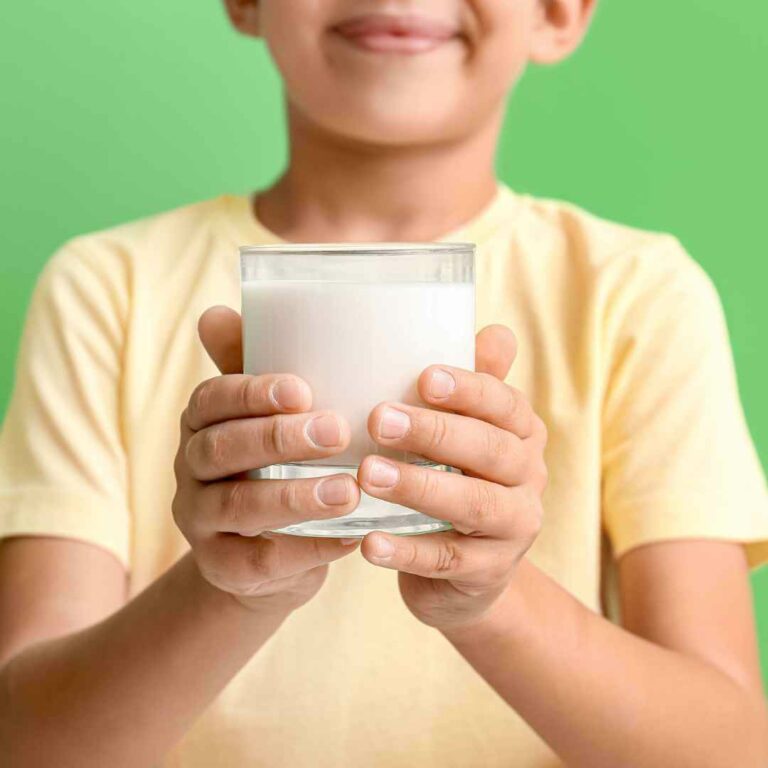Allergy Vs Intolerance

Allergy vs Intolerance: What’s the difference between allergy and intolerance, and how do we test?
Let’s talk about the age-old question around allergy and intolerance. There is a huge confusion between allergy and intolerance. And unfortunately, a lot of the time intolerance can be called allergy.
There is what we call ‘IgE-mediated’ and ‘non IgE-mediated’ allergies.
IgE-mediated allergy is the classic, what you expect to see when someone has an allergic reaction – for examples hives on the face and body, swelling of the lips, face and eyes, vomiting and abdominal pains. It does not normally affect the bowls, it can, but normally it is the reaction which happens within 5-20 minutes. And then there are also the severe IgE-mediated reactions (anaphylaxis) which causes trouble breathing, swelling of the tongue, change in the voice, persistent cough, wheezing and blood pressure dropping.

Allergic Reaction in a Child
What happens in such an instance is that a child is exposed to a food either through breast milk, by eating the food or through their skin (like a food-based cream). The food gets into a child’s system on one of these ways and the child gets sensitized. This means that the child’s body creates anti-bodies called IgE-antibodies. These antibodies think that the food is an enemy, we are not quite sure why this happens, it grabs onto the mast cells and basophils in the blood and sits there waiting, dormant.
If your child was never again exposed to that substance, the IgE-antibodies won’t do anything. But, on the second exposure the IgE-antibodies sense that substance and tells the mast cells to release the histamine and there goes the allergic reaction – the hives, the swelling, the redness, the itching etc.
So this is what happens with an allergic reaction, what we call an IgE-mediated allergic reaction.
There are also non IgE-mediated allergic reactions – which will be a whole other discussion.
With an allergy and intolerance – there is no cure – the way to stop symptoms is to stop eating that food for a while, but this must be done under medical guidance.

Symptoms of an Allergic Reaction
An allergy is always driven by the immune system, intolerance is driven by the digestive system.
Intolerance does not cause hives, swelling of the tongue or low blood pressure and is not life-threatening. It can, however, be very uncomfortable and cause bloating, diarrhoea, flatulence, a very painful gut, which can be very debilitating.
But it is not life-threatening and this is where we want to get this point across – sometimes this kind of reaction which is an intolerance is called an allergy. Which means that you think your child’s life is at risk when it is not, because an intolerance, although very uncomfortable, is not going to cause anaphylaxis symptoms like a blood pressure drop or swollen airways.
A common childhood food intolerance is dairy and eggs.
When you get a diagnosis or when you have symptoms that are digestive system symptoms – you need to clarify with your doctor – am I looking at an allergy or am I looking at intolerance.
Usually, with an allergic reaction, it is mostly vomiting that happens. Whereas with an intolerance it is mostly things going down the other direction!

With a childhood allergy or intolerance…
there is no cure – the way to stop symptoms is to stop eating that food for a while, but this must be done under medical guidance. Taking a food out of a young child’s diet unnecessarily or your diet if you are breastfeeding, can be detrimental as we know that late exposure to foods can cause allergy, especially if the child has been sensitised to that food then it has been stopped for a period of time.
This places the immune system on high alert when the body is exposed to that food again.
With intolerance often the only way to know is to take the food out of the diet under medical guidance and then reintroduce it, to see if the symptoms go away and then come back again.
An allergy is always driven by the immune system, intolerance is driven by the digestive system
With an allergy, if your child has had allergic symptoms like hives and swellings you need to see a Paediatric Immunologist for skin prick testing. This will tell you whether there is a sensitivity there and you will then know which foods are causing the allergy.
Learning first aid for parents should be a staple part of early parenthood. We think recognising the symptoms of an allergic reaction quickly and knowing how to respond is crucial, as children are unpredictable. They present with illness very differently to adults and react differently to trauma.
Want more? We’ve got you covered…
Our Baby First Aid Courses
Our baby first aid courses are available in person in your home and online. We run classes in your home with groups of 2, 4 or up to 10 in Sydney & Melbourne and you can book in 3 easy steps!
- Pick your class
- Follow the prompts to purchase
- We will contact you within 24 hours to lock in your date of choice
Our First Aid Certificate Courses
We run most of the popular first aid courses Australia wide. HLTAID011 Provide First Aid, HLTAID009 Provide CPR, HLTAID012 Provide First Aid in an Education & Care Setting, RAMOAP (anaphylaxis), Mental Health first aid and CPR/LVR to name a few.
Book your public spot online or contact us if you have a group of 5+ people for onsite training.
Here are some other resources you may enjoy!
FREE GUIDE: Your Virtual Baby First Aid Kit
FREE GUIDE: Introducing Common Allergy Foods & Allergic Reactions
FREE Workplace Emergency Preparedness Plan: Grab this at the bottom of every page!
Follow for baby & child first aid and allergy info and tips on Instagram, TikTok & Facebook all @thenestcpr
